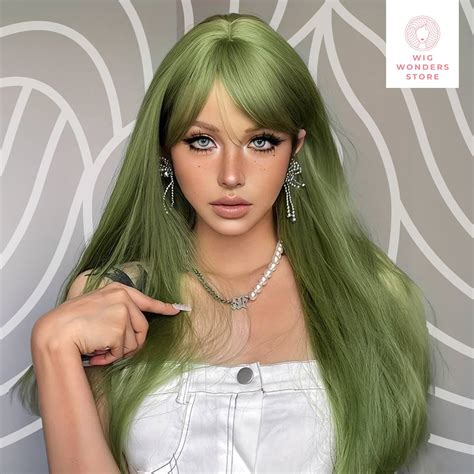Introduction
Real hair wigs have revolutionized the hair industry, offering unparalleled versatility and a look that mimics your natural hair. These wigs are meticulously crafted using human hair, providing a seamless blend with your own tresses and allowing you to experiment with a wide range of styles without damaging your natural hair.

1. Types of Real Hair Wigs
1. Full Lace Wigs: These wigs offer the most natural appearance, with a lace cap that creates the illusion of a seamless hairline. They allow you to style your hair in any way you desire, including high ponytails and updos.
2. Lace Front Wigs: Similar to full lace wigs, lace front wigs have a lace cap at the front, giving the appearance of a natural hairline from the front. They are a more affordable option than full lace wigs and are suitable for most hairstyles.
3. Monofilament Wigs: These wigs use a thin, breathable monofilament cap that allows air to circulate, making them ideal for sensitive scalps. They provide a more natural look than other types of wigs and offer greater comfort.
2. Benefits of Real Hair Wigs
1. Natural Appearance: Real hair wigs are made from human hair, giving them a realistic appearance that is indistinguishable from your natural hair.
2. Versatility: With real hair wigs, you can experiment with different styles without committing to a permanent change. They allow you to try new colors, lengths, and textures without damaging your own hair.
3. Customization: Real hair wigs can be cut, colored, and styled to complement your facial features and personal style. They offer a level of customization that is not possible with synthetic wigs.
3. Choosing the Right Real Hair Wig
1. Hair Type: Determine the hair type of your real hair wig based on your own hair texture. This ensures that the wig blends seamlessly with your natural hair.
2. Length: Consider the desired length of your wig. Short wigs are easier to manage, while long wigs offer more styling options.
3. Color: Choose a wig color that complements your skin tone and matches the shade of your natural hair.
4. Caring for Real Hair Wigs
1. Washing: Wash real hair wigs using a gentle shampoo and conditioner specifically designed for wigs. Avoid harsh chemicals and excessive heat.
2. Styling: Use heat protectant spray before using heat styling tools on your real hair wig. Be gentle when brushing and detangling to prevent damage.
3. Storage: Store real hair wigs in a cool, dry place away from direct sunlight. Use a wig stand or hanging bag to maintain their shape.
5. Common Mistakes to Avoid
1. Over-washing: Avoid washing your real hair wig too often, as this can cause damage and fading.
2. Using harsh chemicals: Use only mild shampoos and conditioners designed specifically for wigs. Avoid chlorine and other harsh chemicals.
3. Over-styling: Limit the use of heat styling tools and avoid over-brushing to prevent damage and breakage.
6. Step-by-Step Guide to Wearing a Real Hair Wig
1. Prepare your hair: Braid your natural hair and secure it with bobby pins or a wig cap to create a smooth base.
2. Position the wig: Align the front of the wig with your natural hairline and gently place it on your head.
3. Secure the wig: Use wig clips or bobby pins to secure the wig to your head, ensuring a snug fit without causing discomfort.
4. Style your wig: Cut, style, and color your wig as desired. Use heat protectant spray before using heat styling tools.
7. Creative Wig-Wearing Applications
1. Cosplay: Real hair wigs are an essential part of cosplay, allowing you to transform into your favorite characters with realistic hair.
2. Fashion shows: Wigs can add a touch of drama and individuality to fashion shows, showcasing new hairstyles and trends.
3. Film and theater: Real hair wigs play a vital role in film and theater productions, helping actors transform into different characters and create believable on-screen personas.
